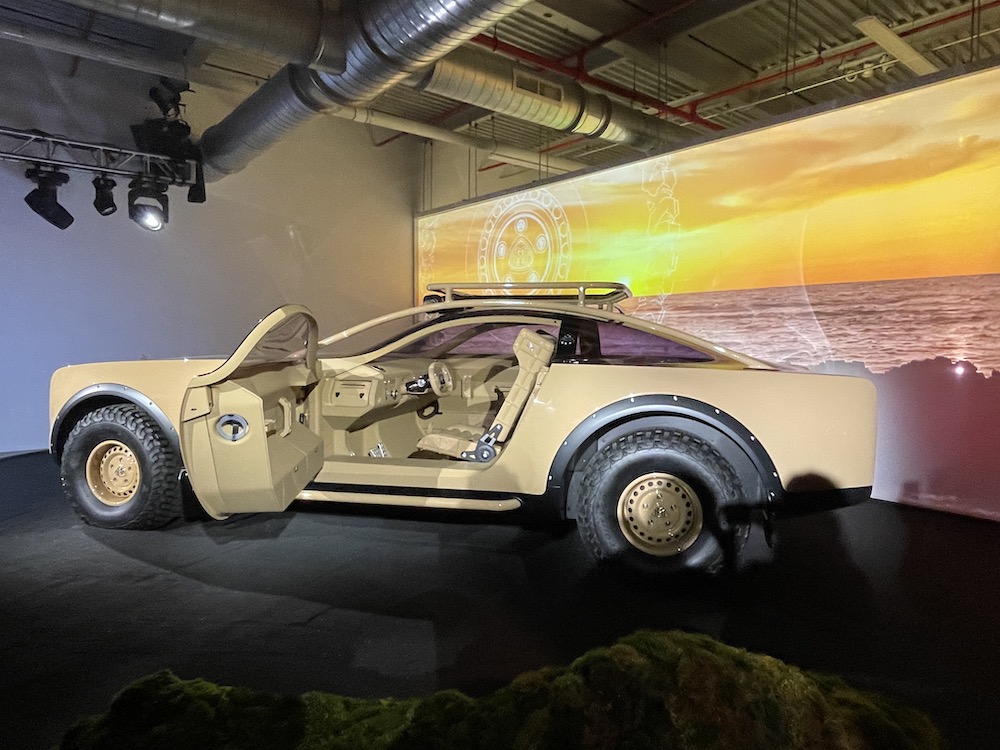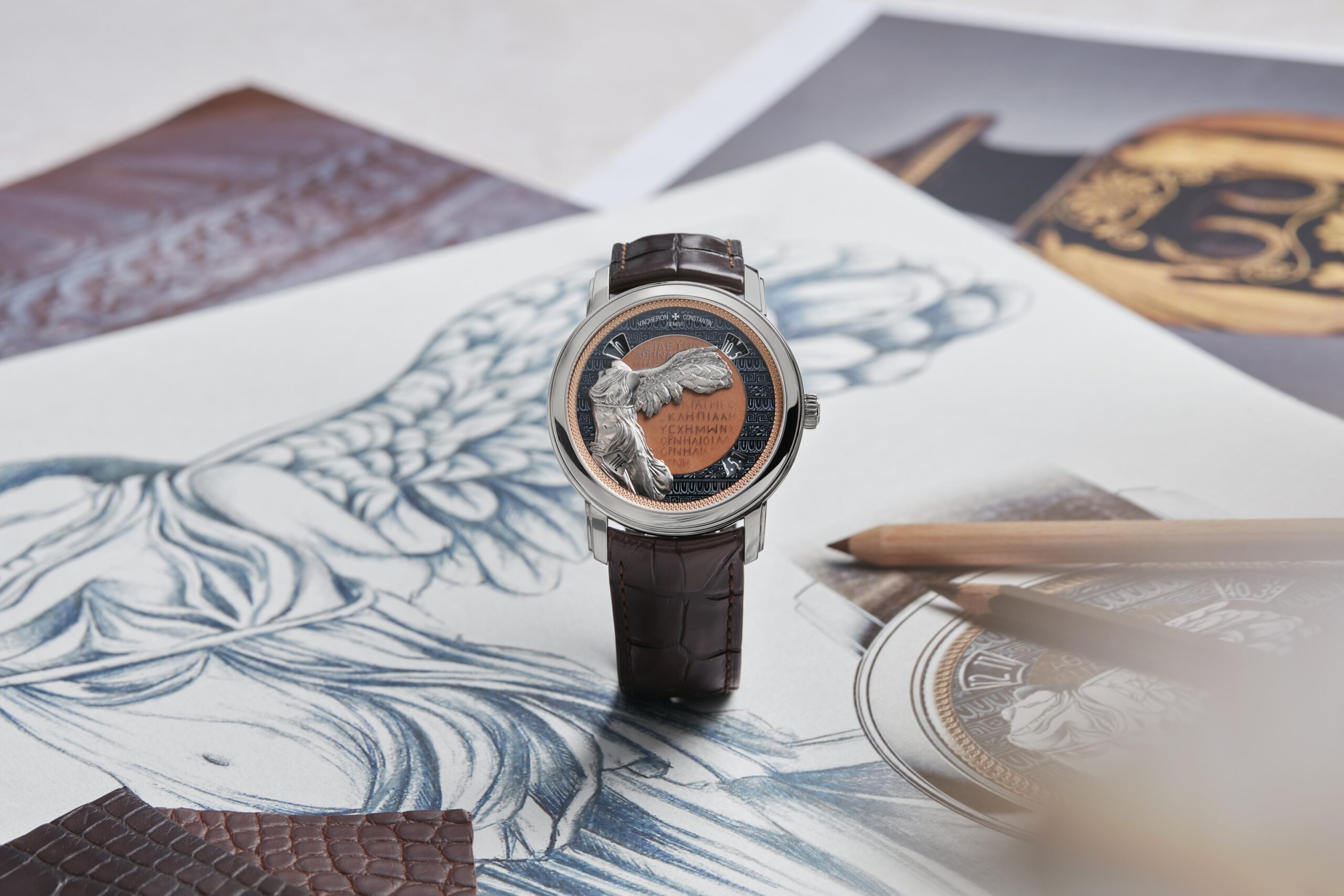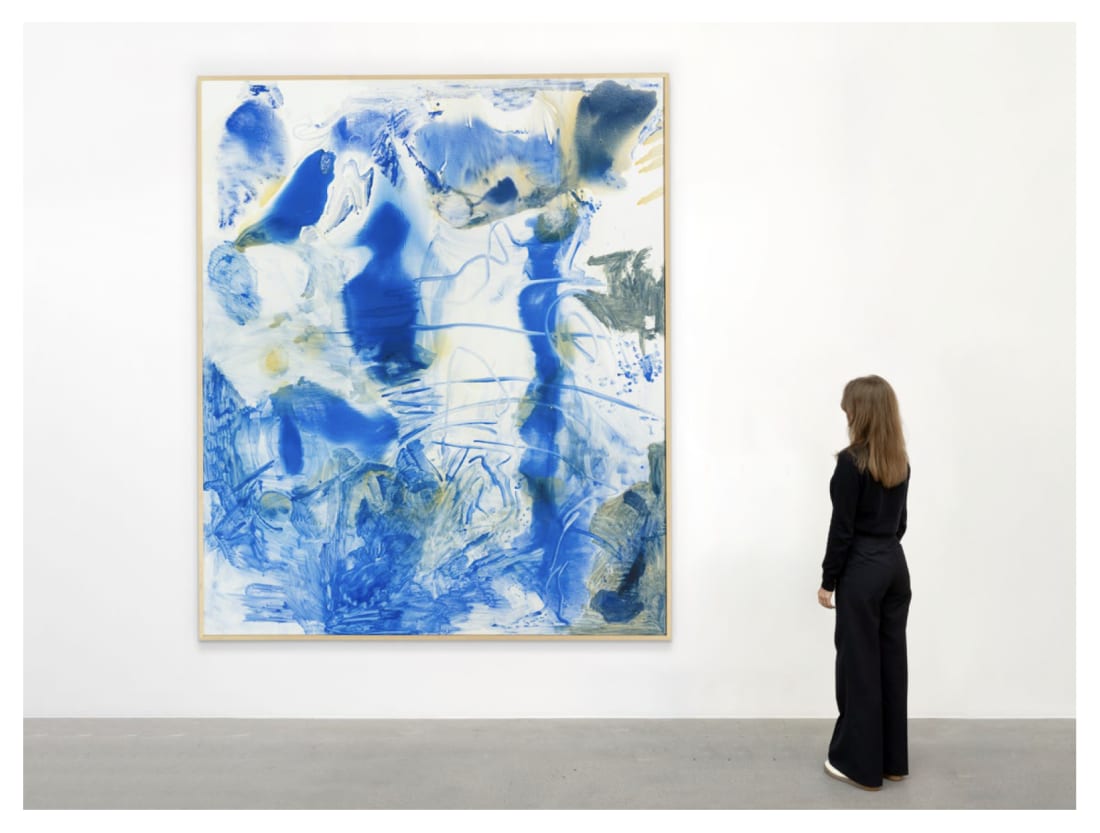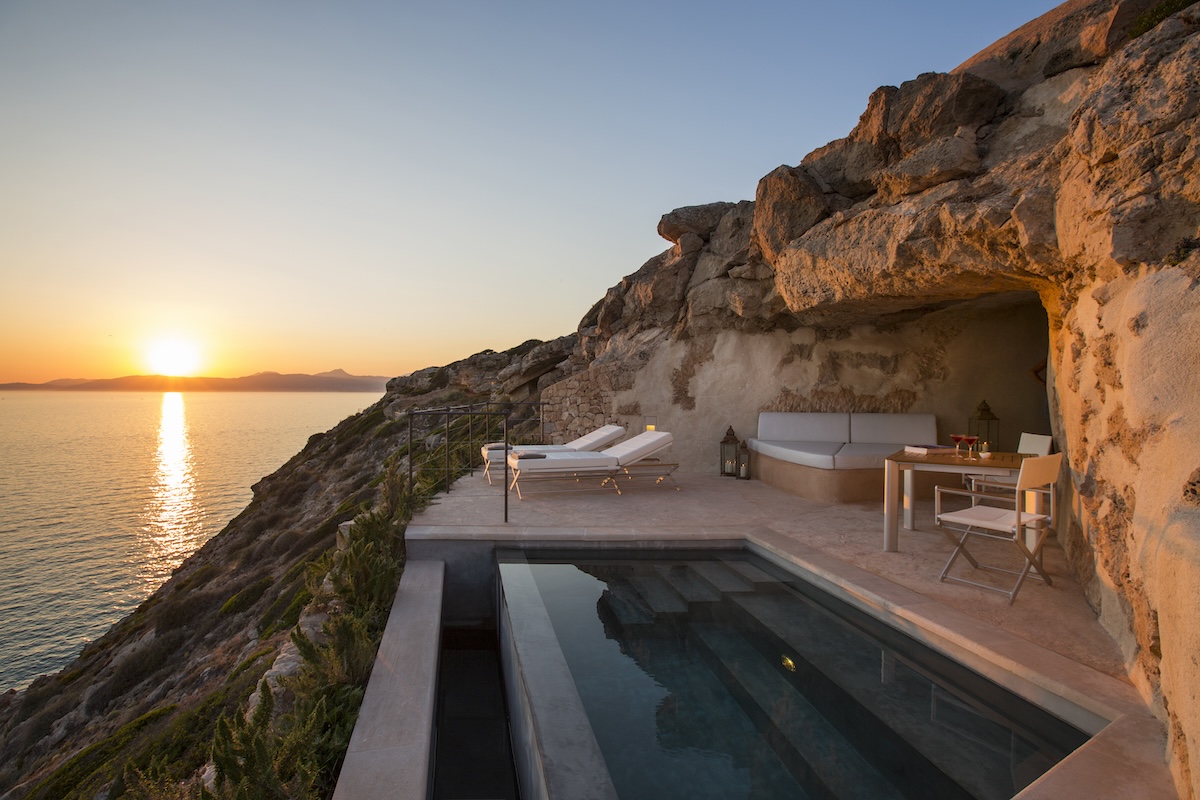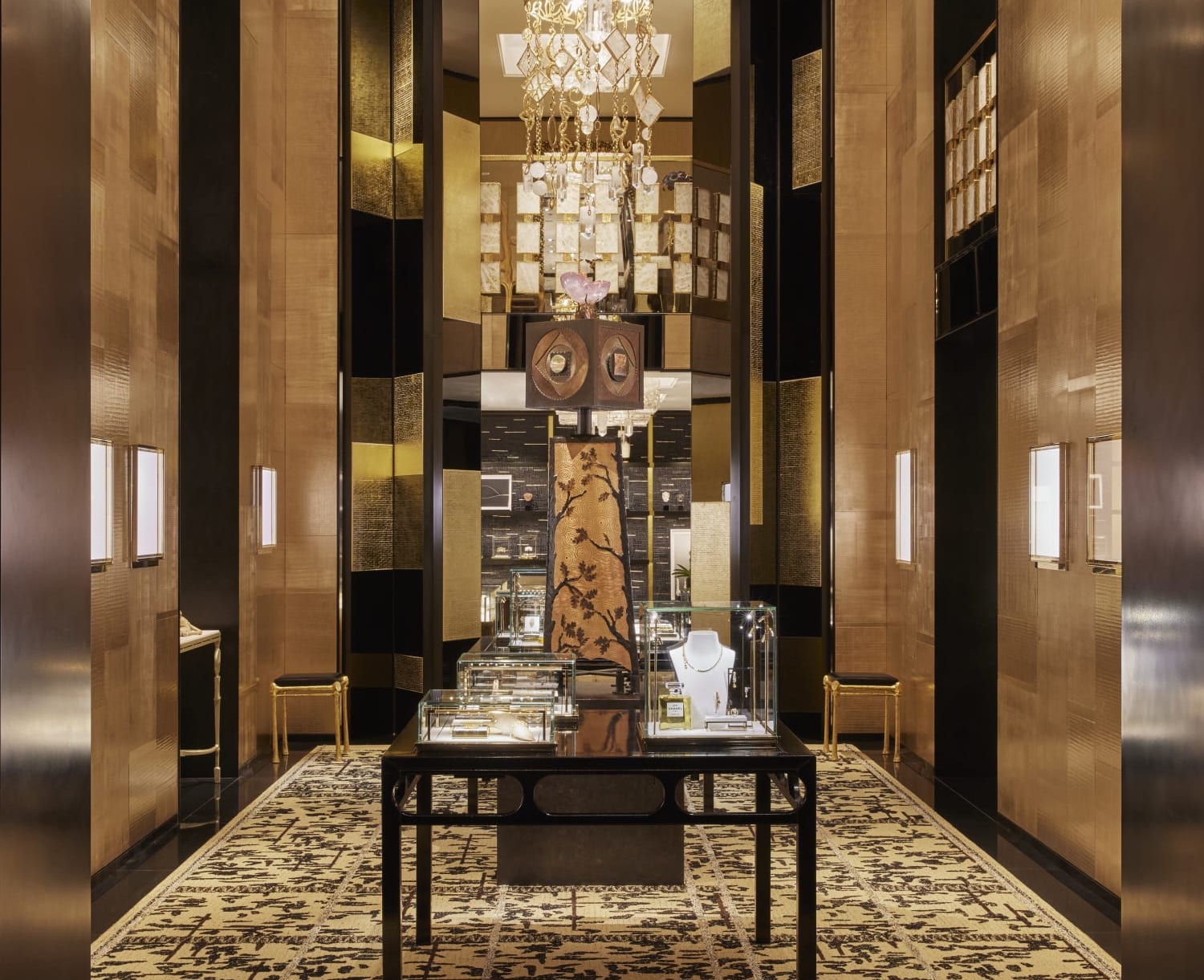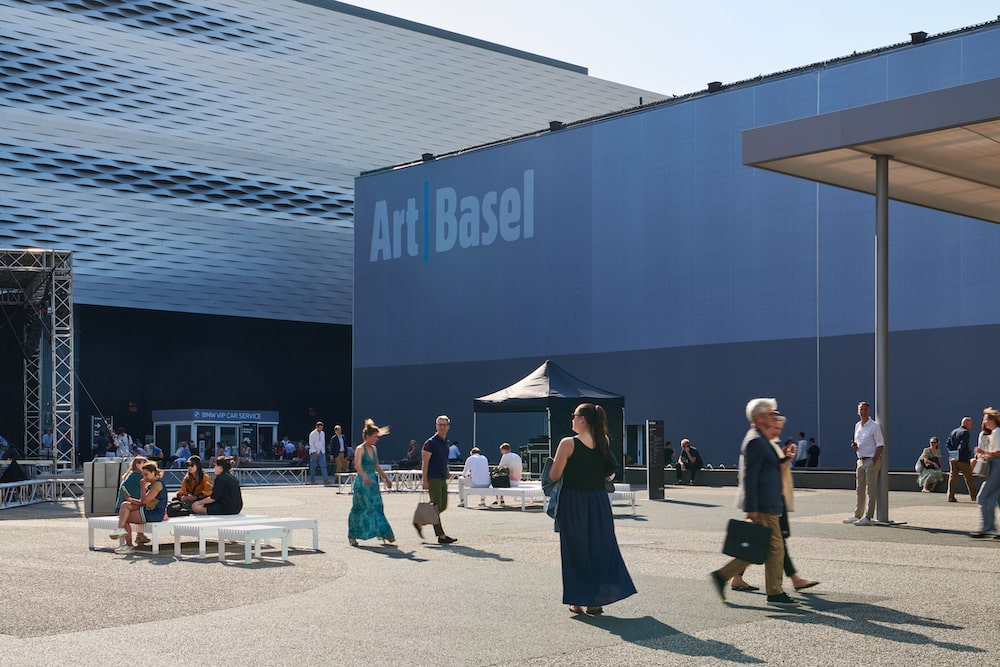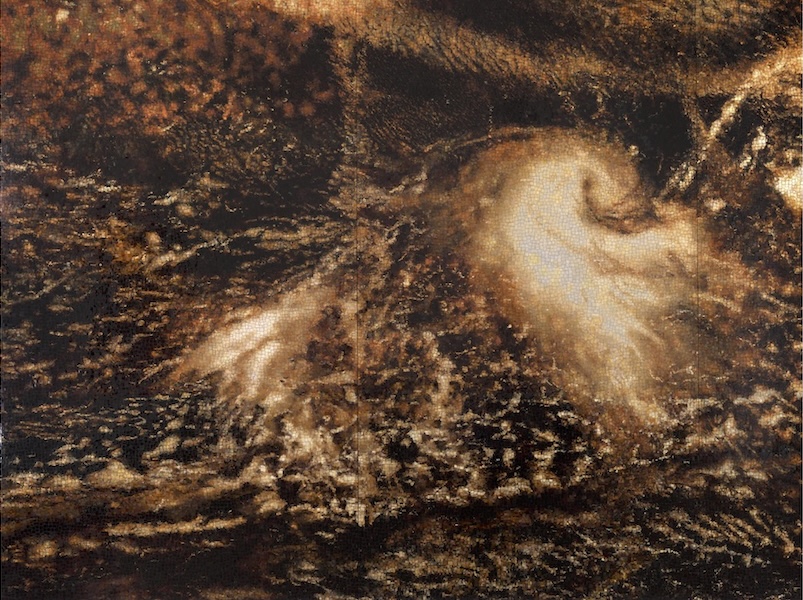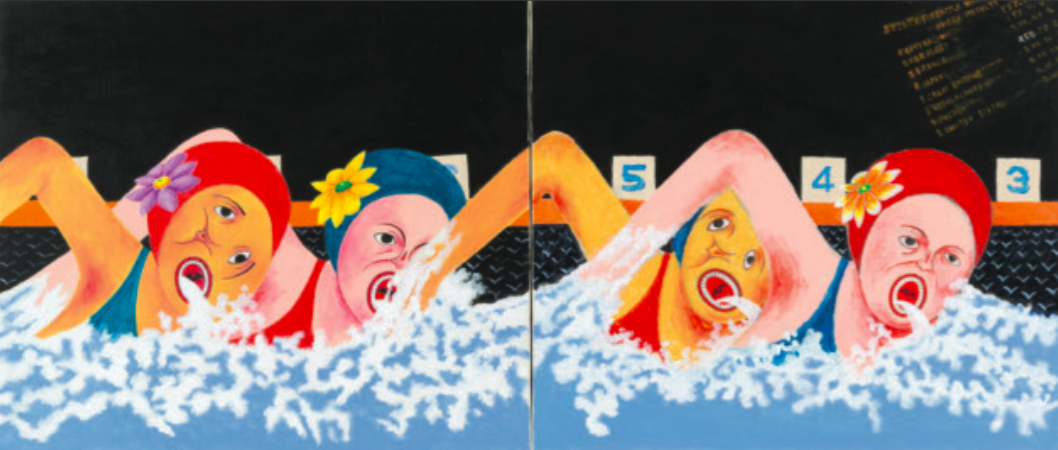Sculptural artist Wendell Castle’s new installation, A New Environment, opens tomorrow at the Friedman Benda gallery, located at 515 West 26th Street in Chelsea, New York. Doing what he has always done – forging the familiar forms of furniture into something more profound – A New Environment is a massive work. It is also an installation that continues an exciting year of exhibitions for the artist. Now in his 80th year, Castle is not content looking back, and is already looking past these shows, to the next.
Castle’s work is the result of an epiphany while at college.
“When I began, in ’59, I hadn’t done anything significant. I didn’t have a real breakthrough until about 1960. It came about by accident. When I was in grad school in sculpture, I was making a simple piece to make for my apartment. My instructor made some derogatory comment about how I shouldn’t work in furniture. I should be a sculptor. And I thought why can’t furniture be as important as sculpture? Why can’t it be an art form?”
This flash inspired Castle to enter a chair he designed into the Nelson-Atkins Museum of Art in Kansas City, Missouri. It was accepted.
“It took me a while to realize I made a breakthrough. I thought there was a whole new field, and I was all alone in it. But there was no market for this kind of thing. There was no gallery showing that kind of thing. It was tough.”
The art world has changed dramatically since his first entrance into the market. With the advent of Design Miami and other exhibitions around the world, Castle embraces the opportunities these shows give him to connect with a global audience.
Over the years and since the ‘60s, Castle has worked with various materials and forms, letting the piece dictate what he works with.
“The thing people know me for, though, is wood. I’ve developed a way to work sculpturally with wood that has given me a different vocabulary. I used a process that sculptors have used in the past. Furniture people don’t use it. Laminating large blocks to carve from. You add the material then you can subtract the material.”
This process of working with laminated wood has given Castle the ability to create hollows and other design elements that otherwise would not be possible.
For example, his highly functional pieces (currently on display at Barry Friedman) formed from an ellipsoid, the 3D form of an ellipse. Working with the ellipsoid form enabled Castle to create interesting relationships resulting in technically functional pieces.
Describing his use of the ellipsoid form as one melting into another, Castle said he used those forms as a counter balance for the furniture pieces.
“A chair will not have any legs under it, but around the back will be this form which will give the chair volume, which will balance the chair and table.”
The end result was something amorphous, fascinating and incredibly inviting. This writer’s first impulse upon seeing the chairs was to sit down and test the functional viability of the piece – to experience the piece from that personal perspective. A thought Castle is not at all discouraging of.
“Function is not my primary concern. I don’t think it would be right if you had a chair and you couldn’t possibly sit in it. And you should be able to sit in them. I think you can get usability without sacrificing comfort.”
By merging multiple furniture forms, Castle experienced another breakthrough, which is most clearly on display in the new installation opening tomorrow.
“It seemed to me that you had much more sculptural opportunity when you combine things. A single chair and a single table are easily identified as that. But when you combine pieces, it increases the opportunity to do unusual things.”
The new installation, A New Environment, is massive. Taking up the entire built space, the piece is about 16 feet tall and 40 feet long.
“I’ve actually made the floor part of it, so then I can use the floor as a means to fasten things to. The chairs and tables have just one leg. There are three large chairs in a grouping that promote conversation. Then, at the other end of the room, there is an environment at the top of the spiral staircase. So the staircase winds around a column that is not straight but zig-zags. At the top is a spaceship kind of thing. You get in there and there is a chaise lounge and a reading light.”
Ultimately, Castle refers to the environment as a space to think in. He admits to loving tree houses and related environments as a kid, and it’s hard not to look at the piece and feel your inner child want to run up and hide away for a while.
The retrospective exhibitions last year were “interesting” and Castle enjoyed thinking back on it. However, he is already looking forward to a show in Paris later in the year, in which he gets to explore the ellipsoid vocabulary even further. Nodding to the logistics of installing these large pieces in a space, Castle says his team is working with new technology that will enable the forms to be better assembled, and is looking forward to seeing how that manifests itself in the final product.
Castle’s work is also the subject of a 500+ page catalogue raisonné slated for publication this month, chronicling his work beginning in 1959 through the present. Documenting each phase of the designer’s output, the catalogue will cover approximately 1700 works and publish scholarly essays by Glenn Adamson from the Victoria & Albert Museum, London, and Jane Adlin of the Metropolitan Museum of Art, New York. A book signing to be held at Friedman Benda, alongside the new installation, is in the works.
Born in Kansas in 1932, Wendell Castle received a B.F.A. from the University of Kansas in Industrial Design in 1958 and an M.F.A. in sculpture, graduating in 1961. He moved to Rochester, New York to teach at the School of American Craftsmen and established a permanent studio in the area, which is where he still works today.
Castle’s work can be found in the permanent collections of more than 40 museums and cultural institutions around the world, including: the Metropolitan Museum of Art (New York, NY); Museum of Modern Art (New York, NY); Art Institute of Chicago, (IL); Smithsonian American Art Museum (Washington D.C.); Musée des beaux-arts de Montréal (Quebec, Canada); Museum of Art and Design (New York, NY); Museum of Fine Arts, Boston, (MA); Nordenfjeldske Kunstindustrimuseum (Trondheim, Norway); Philadelphia Museum of Art (PA); and the Victoria and Albert Museum, London.
